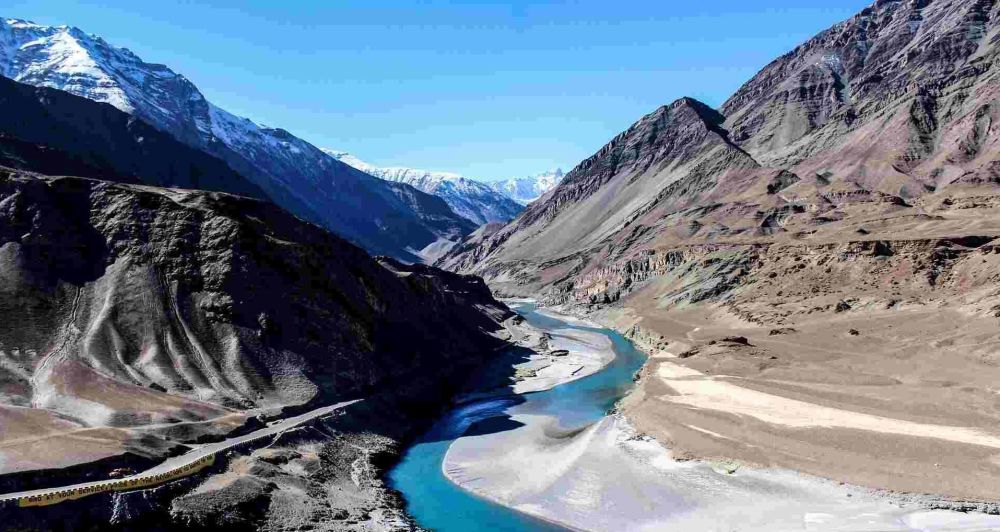

The remote and mesmerizing Zanskar Valley, located in the Kargil district of Ladakh, India, has been a place of ethereal beauty and vibrant culture. Historically, Zanskar was almost inaccessible for most of the year due to its harsh climate and challenging terrain, with roads blocked by snow for several months. The valley's tourism history is a testament to its rising popularity amongst trekkers, cultural enthusiasts, and adventure seekers.
In the early days, only the most intrepid travelers journeyed to Zanskar Valley, often on long treks from neighboring regions. The infrastructure was minimal, and amenities for tourists were virtually non-existent. It was the domain of adventure travelers and mountaineers who were drawn to the isolation and the challenges offered by the rugged landscape.
By the late 20th century, the Indian government began to recognize the potential of tourism in Ladakh, and subsequently, in Zanskar Valley. Efforts were made to improve accessibility. A significant milestone was the opening of the road connecting Zanskar with Kargil, which allowed more tourists to venture into the area. Basic guesthouses and homestays started to emerge, catering to the needs of visitors.
With improved accessibility, Zanskar Valley's popularity surged among the trekking community. The famous Chadar Trek—a winter trail over the frozen Zanskar River—became an attraction for its unique and challenging conditions. Alongside trekking, opportunities for river rafting and learning about the region's rich Buddhist heritage drew a diverse set of tourists.
In recent years, there has been a growing focus on promoting sustainable and responsible tourism practices to protect Zanskar's delicate ecosystem and support local communities. Homestay initiatives have encouraged cultural exchange while providing economic benefits to locals. Ecotourism is increasingly becoming a part of the region's tourism narrative.
Currently, the trend of immersive experiences is shaping tourism in Zanskar Valley. Tourists seek authentic encounters, such as participating in local festivals, learning about traditional farming practices, and spending time within Buddhist monasteries. The government's efforts in promoting lesser-known trails and seasonal tourism are also contributing to the region's tourism economy while seeking to alleviate overtourism during peak seasons.
The Zanskar Valley remains a bastion of adventure and culture, with a history of tourism defined by a slow but steadfast transformation. Its management now hinges on balancing growth with conservation to ensure future generations can also experience its pristine beauty and unique culture.
Visitors to Zanskar Valley should be prepared for basic facilities and be willing to embrace the local way of life. It's essential to respect the environment and cultural practices of this stunning Himalayan gem.